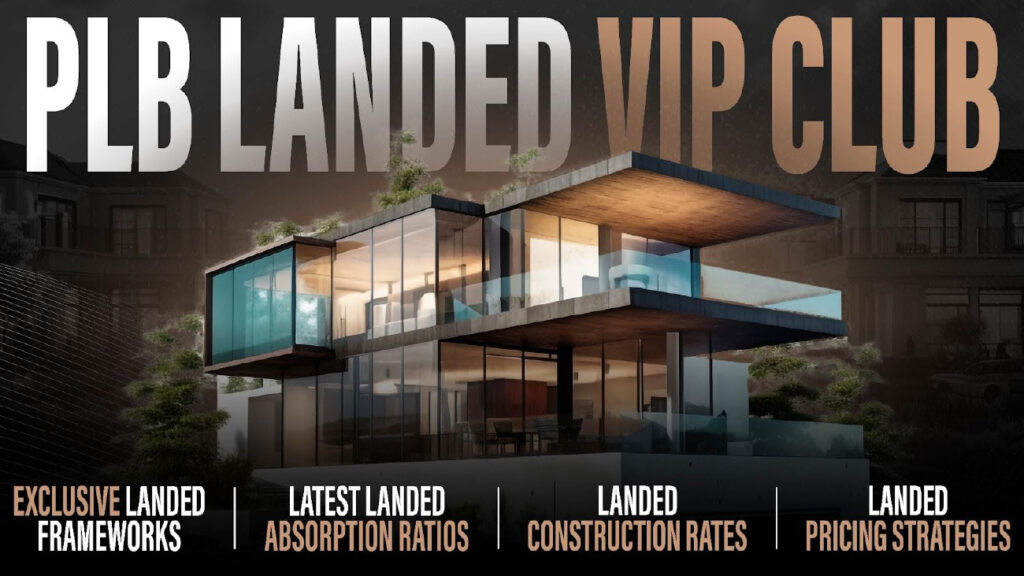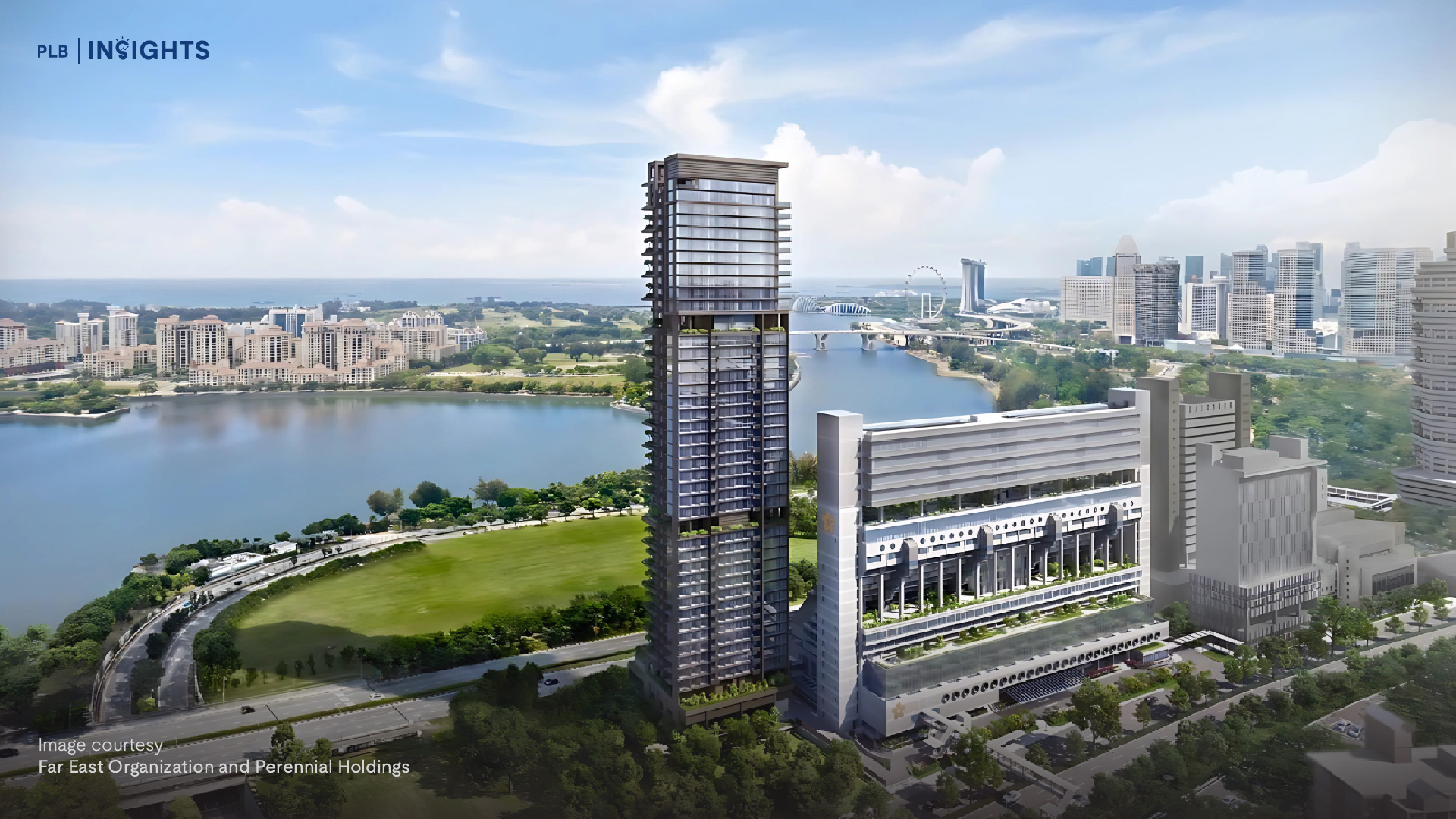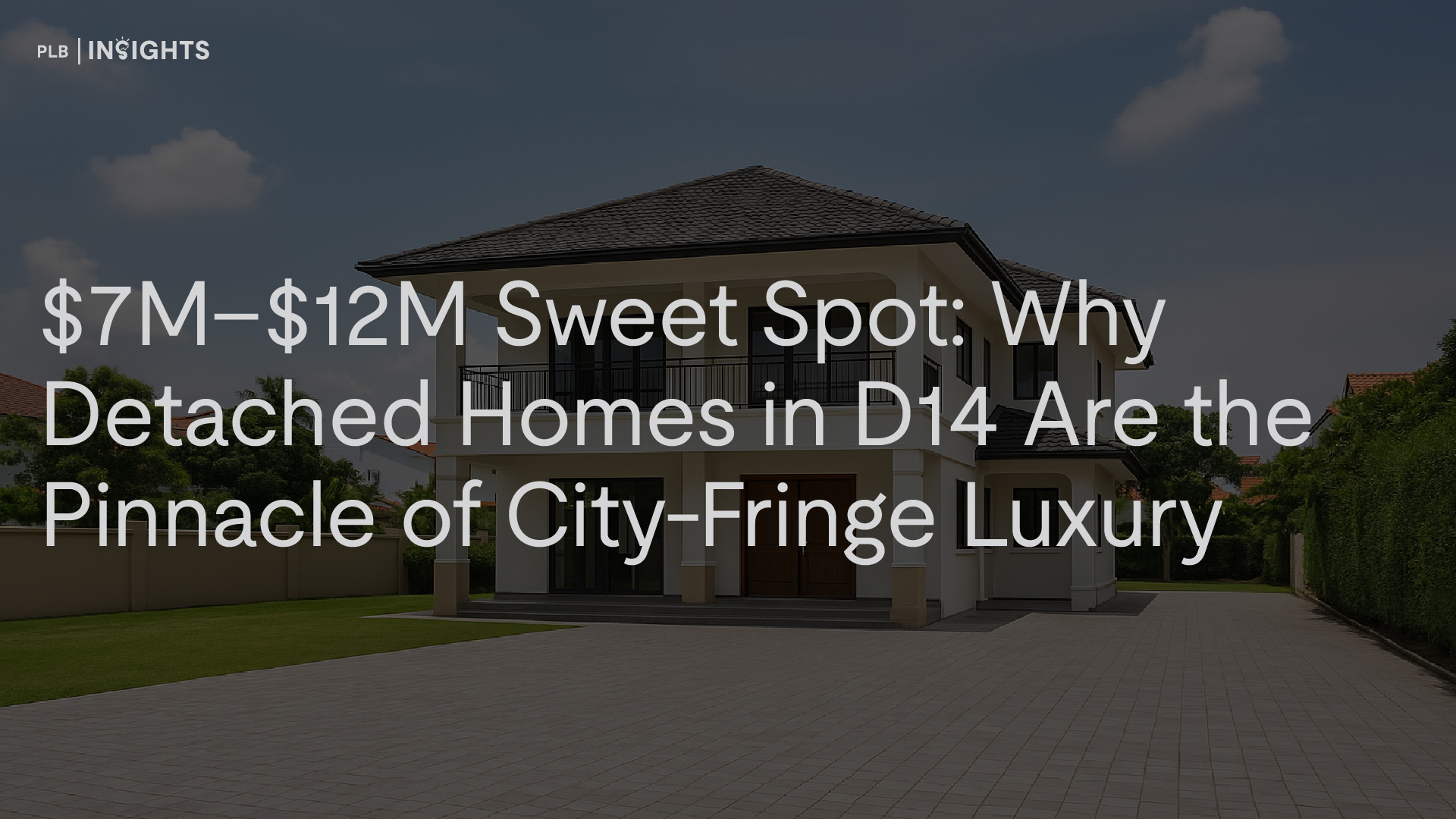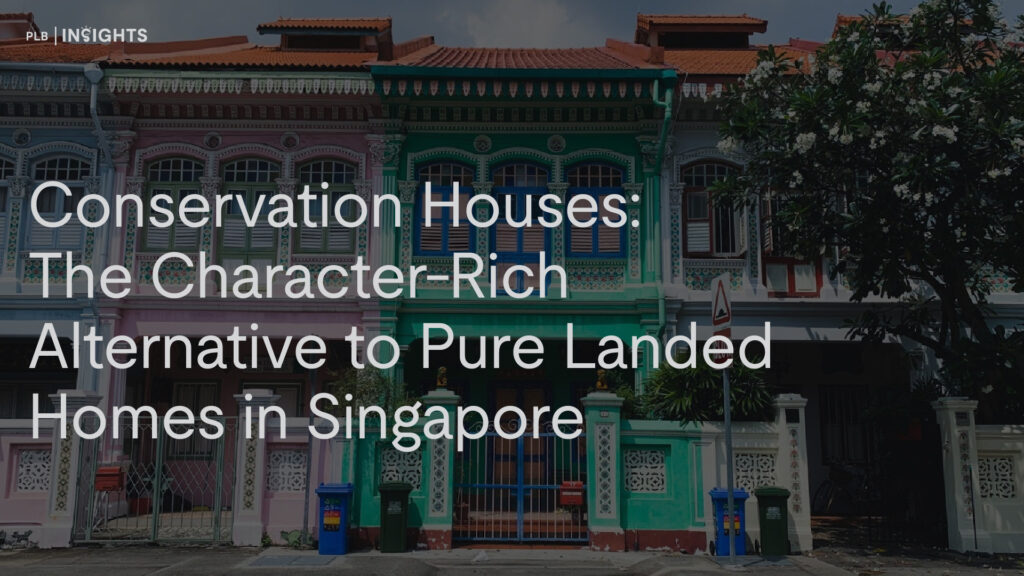
In a city where space is a premium and the skyline grows taller each year, Singapore’s landed homes remain one of the most coveted property types. Yet for discerning homeowners seeking something more than modern minimalism, conservation houses — those beautifully restored heritage buildings that line streets in Chinatown, Emerald Hill, Blair Plain, and Joo Chiat — present a compelling alternative.
Beyond their nostalgic charm, these properties offer an opportunity to own a tangible slice of Singapore’s architectural and cultural history. And as pure landed homes continue to command record-high prices, conservation houses have become an increasingly attractive choice for those who value character, scarcity, and prestige.
A Glimpse into Singapore’s Conservation Legacy
Conservation houses are part of Singapore’s broader urban conservation programme launched by the Urban Redevelopment Authority (URA) in 1989. The initiative aimed to retain the nation’s architectural heritage amidst rapid urban development. Today, more than 7,000 buildings across areas like Chinatown, Kampong Glam, Little India, Emerald Hill, Blair Plain, Cairnhill, and Joo Chiat have been conserved.
These homes — often centuries-old shophouses or terrace houses — are protected under strict guidelines that preserve their facades, rooflines, and key structural features. Inside, however, many have been meticulously restored and modernised, blending heritage aesthetics with contemporary comfort.
Why Buyers Are Turning to Conservation Homes
Scarcity Equals Prestige
Scarcity is one of the most powerful drivers of value in real estate. With only a limited number of conservation houses gazetted under URA protection — and no new ones being created — supply is inherently capped.
In contrast, while pure landed homes are already limited (making up less than 5% of total housing stock), they still exist in a much larger pool. Conservation houses, on the other hand, are counted in mere thousands. This finite supply creates enduring appeal among collectors, high-net-worth individuals, and families seeking legacy assets that stand apart from typical bungalows or terrace houses.
A Distinctive Character That New Builds Can’t Replicate
Each conservation home tells a story — of Peranakan culture, colonial influences, and architectural craftsmanship that predates modern regulations. The intricate facade details, handcrafted tiles, timber windows, and five-foot ways lend these properties a charm that’s impossible to recreate in new developments.
For buyers tired of the “cookie-cutter” landed aesthetic — white facades, boxy layouts, and glass-heavy fronts — conservation homes offer individuality and authenticity. It’s a lifestyle statement as much as a financial investment.
Location, Location, Heritage Location
Most conservation enclaves sit in prime or city-fringe districts:

Owning a conservation house often means living mere minutes from Singapore’s cultural landmarks, business hubs, and top dining spots — a level of centrality that few landed enclaves can offer.
Considerations: What Buyers Should Know Before Investing
While the appeal is undeniable, conservation homes come with unique ownership requirements and constraints that prospective buyers should understand.
Freehold or Leasehold Titles
Many conservation houses, especially those in the city centre (Chinatown, Little India), are 99-year leasehold properties. However, freehold titles are still found in areas like Emerald Hill, Blair Plain, and Joo Chiat, and these tend to command higher premiums due to their long-term security and heritage cachet.
Usage Restrictions
URA’s conservation guidelines ensure the preservation of architectural integrity. This means homeowners must retain the facade and key external features, including windows, roof pitches, and decorative motifs. Interior modifications are generally allowed, but any changes to structural elements — such as staircases or courtyards — require URA approval.
For mixed-use conservation shophouses, owners must also comply with zoning rules — for instance, a commercial-residential shophouse may allow retail or F&B use on the ground floor but require the upper levels to remain residential.
Maintenance and Restoration Costs
Owning a conservation house comes with ongoing maintenance commitments. Materials like clay tiles, timber beams, and lime plaster require specialist restoration to maintain authenticity. Costs can sometimes run significantly higher than those for pure landed homes, particularly if the house has not been recently refurbished.
That said, well-maintained conservation homes often hold their value exceptionally well, precisely because of their craftsmanship and the expertise required to restore them.
Comparing Conservation Houses with Pure Landed Homes
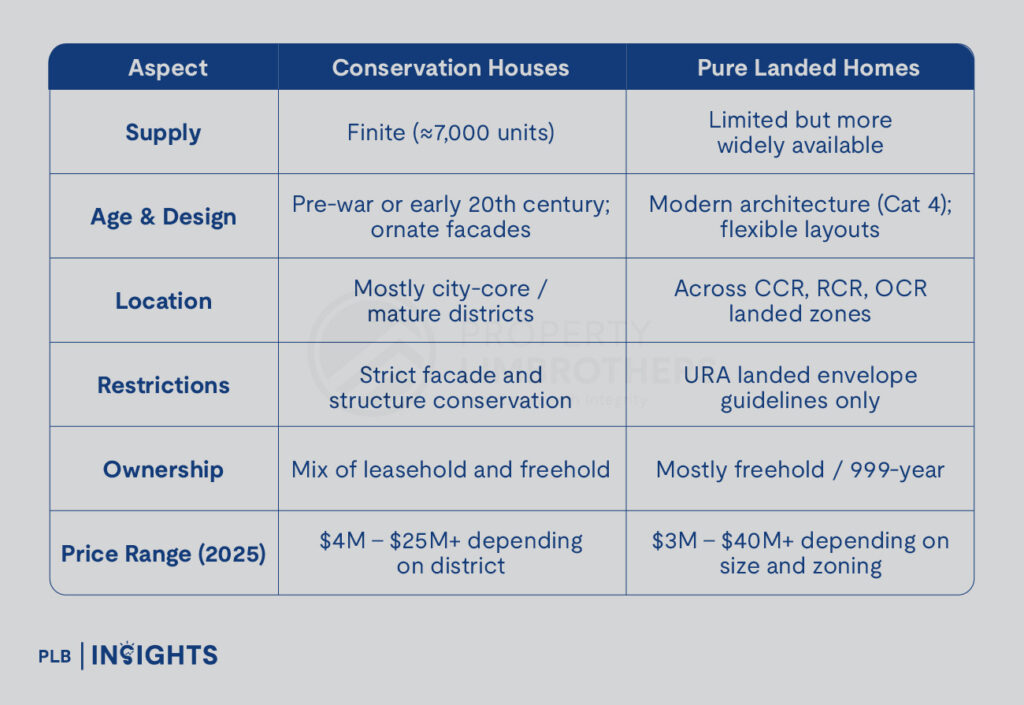
The key distinction lies in purpose and emotion. Buyers of pure landed homes typically focus on space, functionality, and rebuild potential, while conservation home buyers prioritise story, heritage, and individuality.
The Modern Take: Heritage Meets Contemporary Living
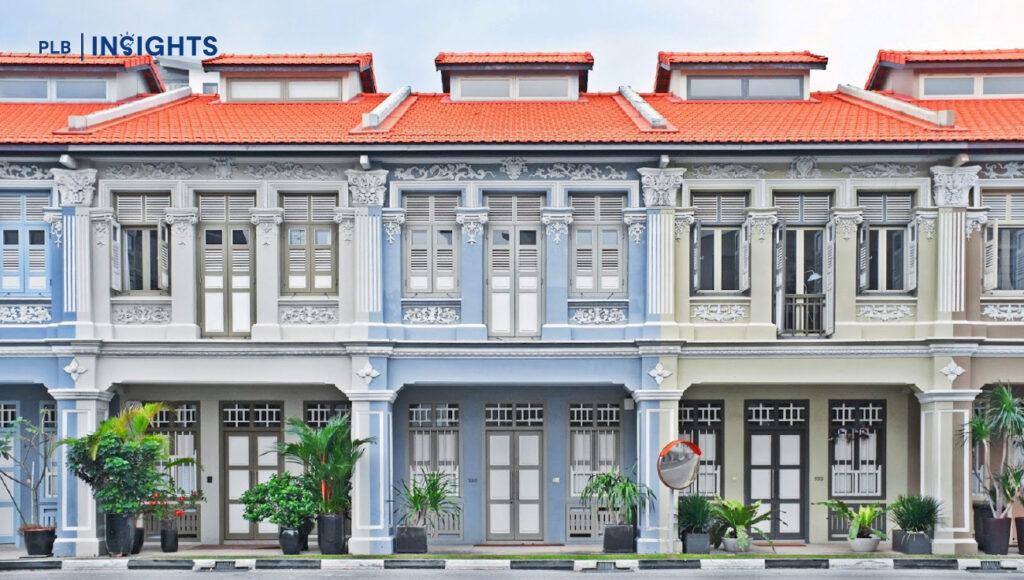
Many conservation homes today have been lovingly transformed into modern residences that respect heritage while offering all the conveniences of 21st-century living.
Interiors often feature open-plan layouts, skylights, mezzanine levels, and courtyards that enhance natural ventilation — a hallmark of traditional tropical architecture. Meanwhile, behind restored facades lie smart-home systems, private lifts, designer kitchens, and luxury bathrooms.
These homes illustrate that preservation need not mean compromise. Instead, they demonstrate how architectural heritage can coexist with modern comfort — an idea increasingly embraced by younger, design-savvy homeowners.
Investment Perspective: Resilience Through Uniqueness
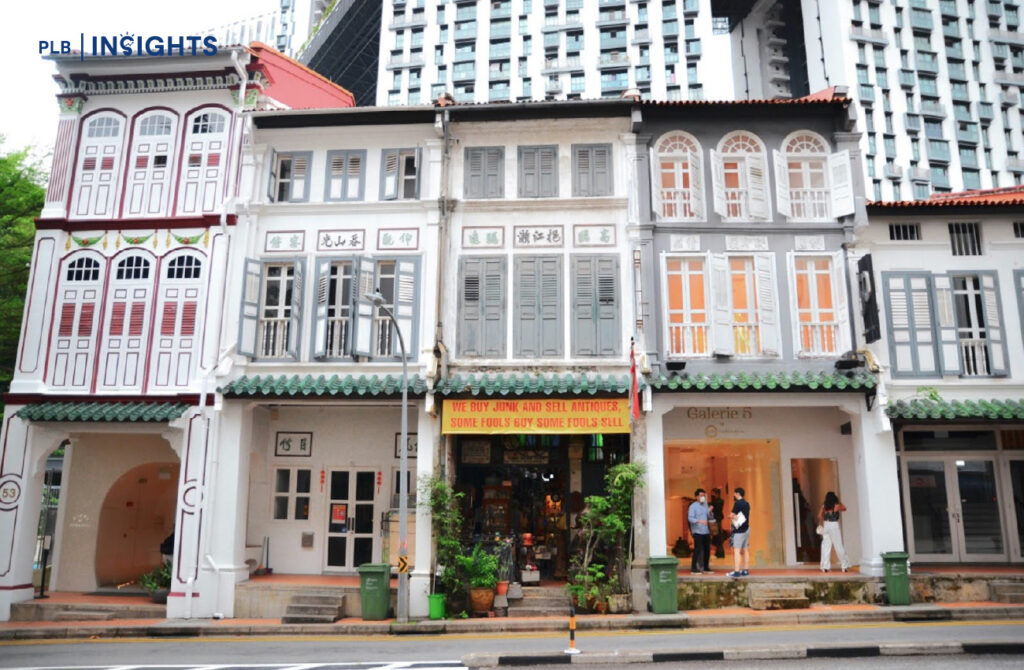
While conservation houses are not typically purchased for speculative gain, their value resilience is notable. Because they occupy irreplaceable plots in heritage precincts, their price trends often defy broader market fluctuations.
Transactions in areas like Blair Plain, Emerald Hill, and Joo Chiat have shown steady appreciation over the past decade, driven by their rarity and architectural appeal. Even during market slowdowns, conservation homes tend to hold prices better than mass-market landed properties.
Additionally, some investors view conservation homes as income-generating assets, converting them into co-living spaces (subject to zoning). The fusion of lifestyle and revenue-generating potential adds another layer of versatility — one that pure landed homes may lack.
Who Are Conservation Homes For?
Conservation homes aren’t for everyone. They appeal most to a niche but growing segment of buyers who see real estate as art — a reflection of identity and legacy.
They are ideal for:

In essence, these homes attract those who want to live not just in luxury, but with meaning.
Final Thoughts: Preserving the Past, Enriching the Future
In the constant race toward modernisation, conservation houses remind us of what makes Singapore’s built environment truly unique — its ability to merge past and present seamlessly.
For homeowners considering alternatives to pure landed homes, conservation houses represent more than just a property purchase. They are a bridge between history and modern living, offering an unmatched sense of place and permanence.
Owning one is not merely about square footage or plot ratio — it’s about inheriting a story that has already withstood time. In a city defined by transience, that permanence may well be the greatest luxury of all.
Interested in living amidst history? Speak with our sales consultants to find a conservation home that fits your lifestyle.
Thank you for reading, and stay tuned! For more detailed insights regarding the landed property market, join our Landed VIP Club and stay updated with the latest market trends and expert advice.
